Sort:
The average pro reviews rating is 7.2 / 10, based on the 8 reviews.
How we do it
We humanly agregate professional reviews from a number of high quality sites. This way, we are giving you a quick way to see the average rating and save you the need to search the reviews on your own. You want to share a professional review you like?

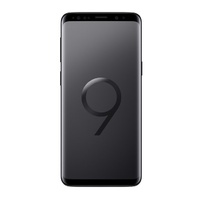

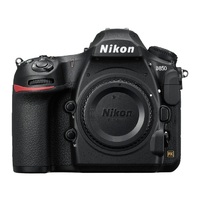
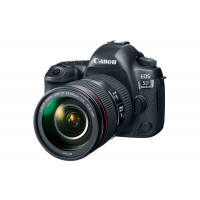
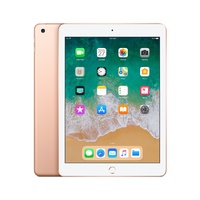
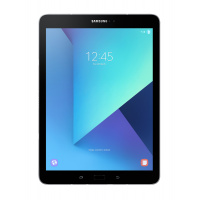
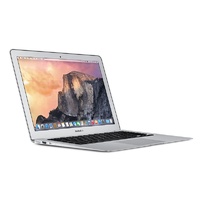
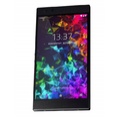

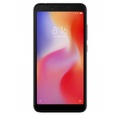

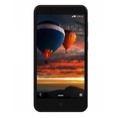
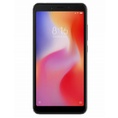

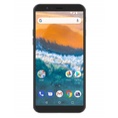
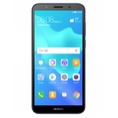
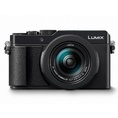



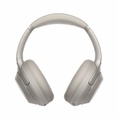
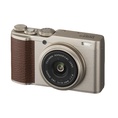
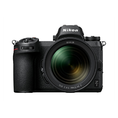
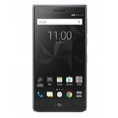
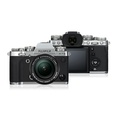






Engadget‘s review Edit Like Unlike
Feb 06, 2013
computershopper‘s review Edit Like Unlike
Feb 22, 2013
Digital Trends‘s review Edit Like Unlike
Jan 29, 2013
PC Magazine‘s review Edit Like Unlike
Jan 30, 2013
Cnet‘s review Edit Like Unlike
Jan 29, 2013
Notebookcheck‘s review Edit Like Unlike
Dec 09, 2012
PC Pro‘s review Edit Like Unlike
Nov 22, 2012
expertreviews‘s review Edit Like Unlike
Nov 16, 2012